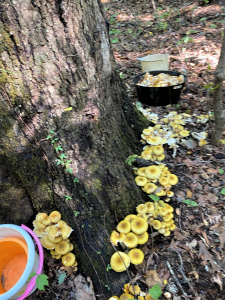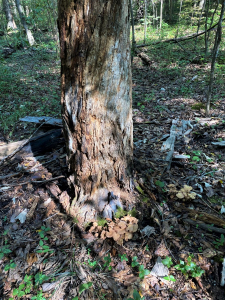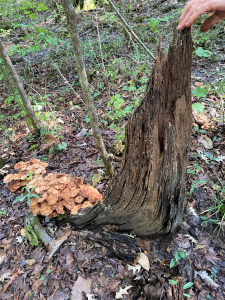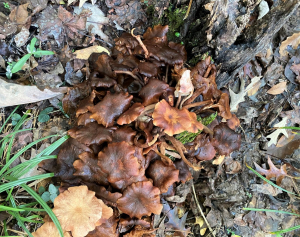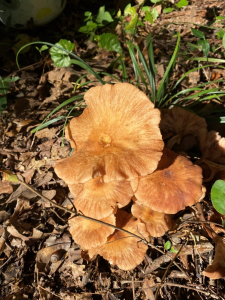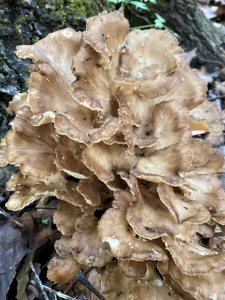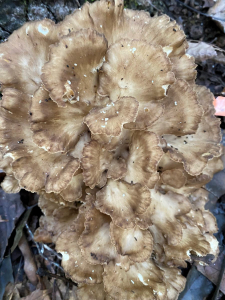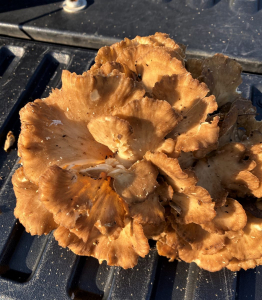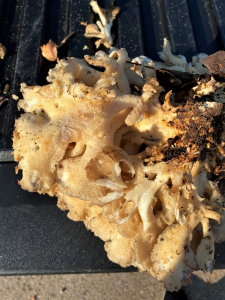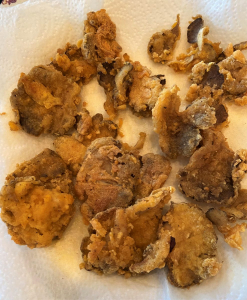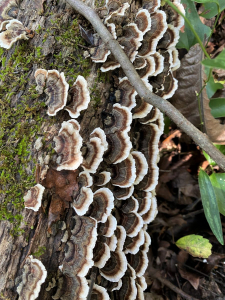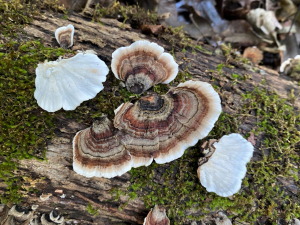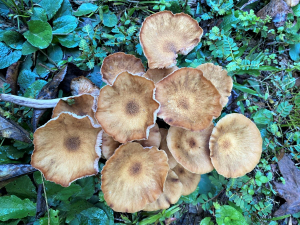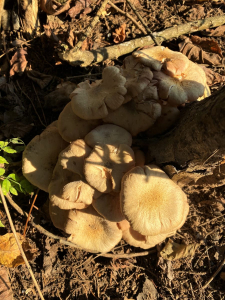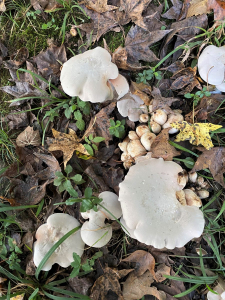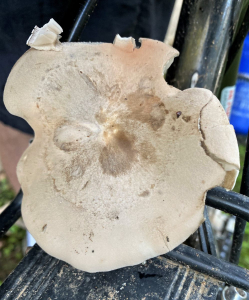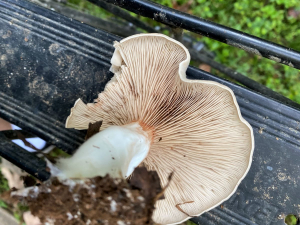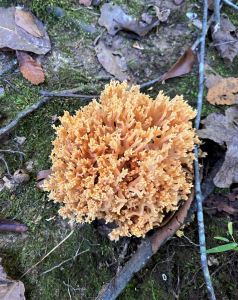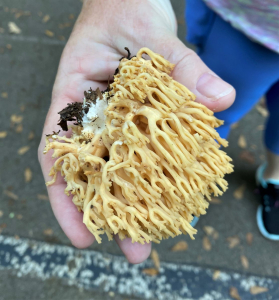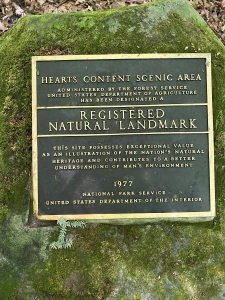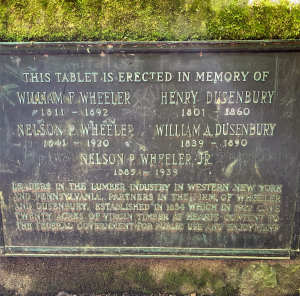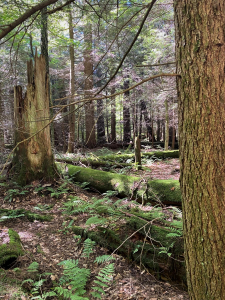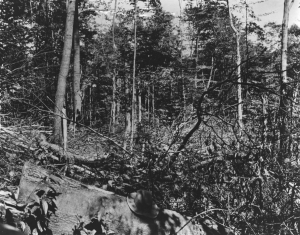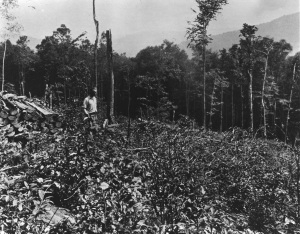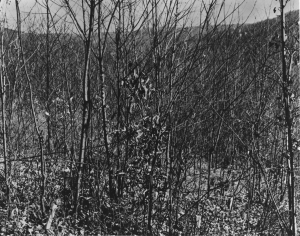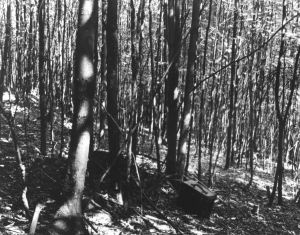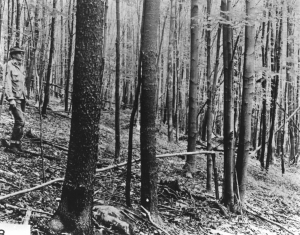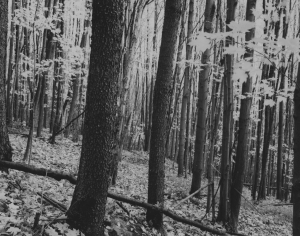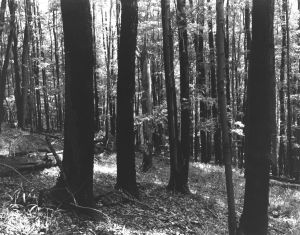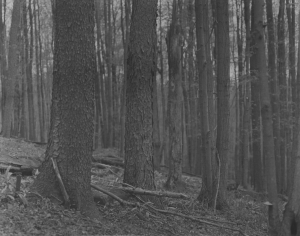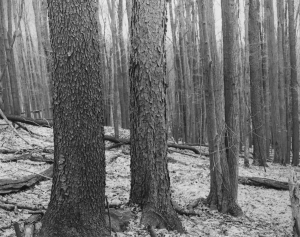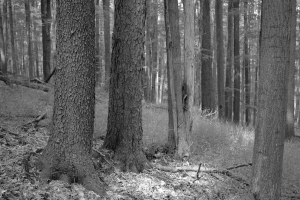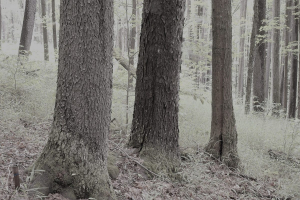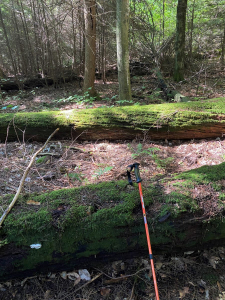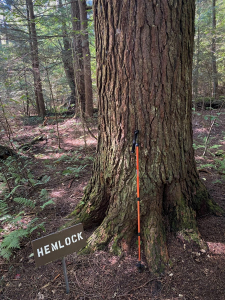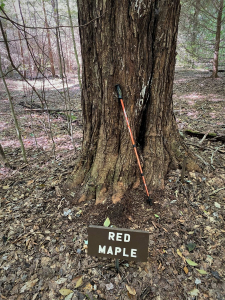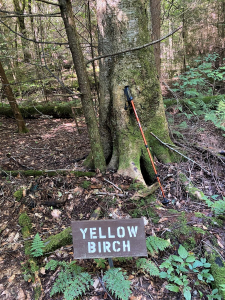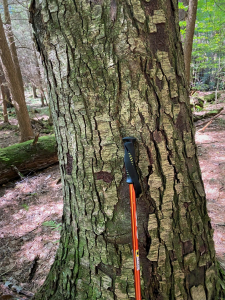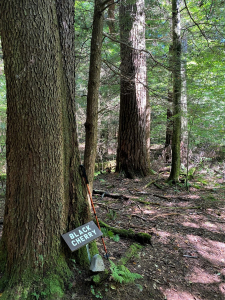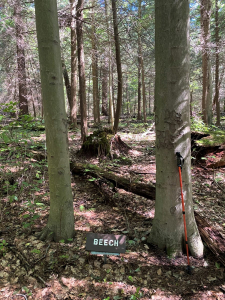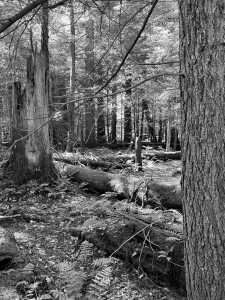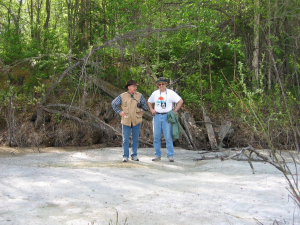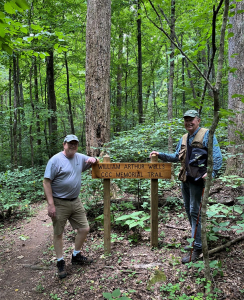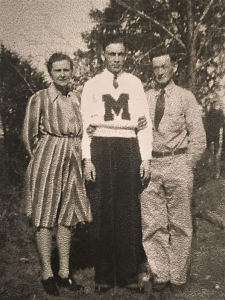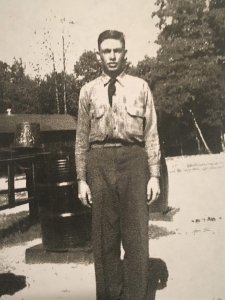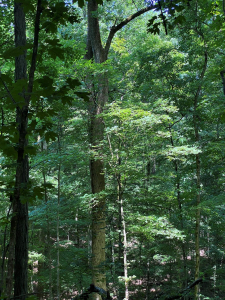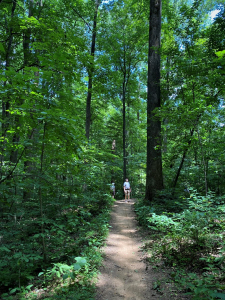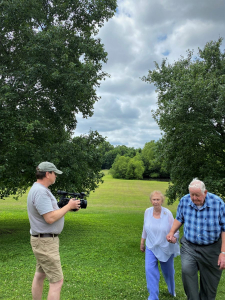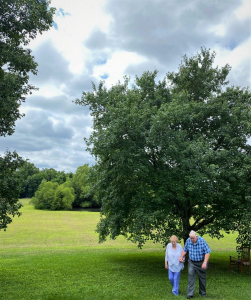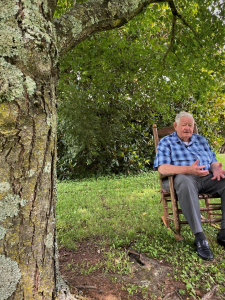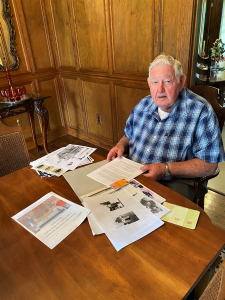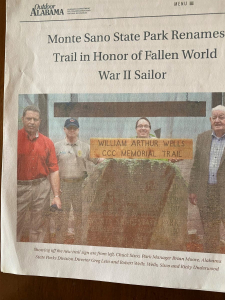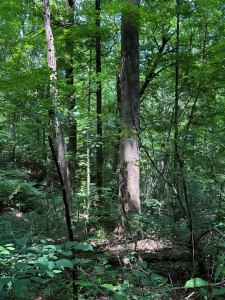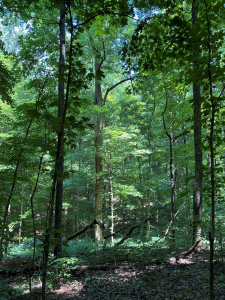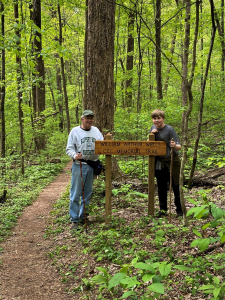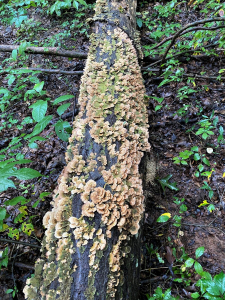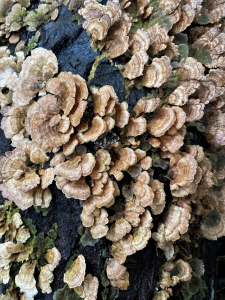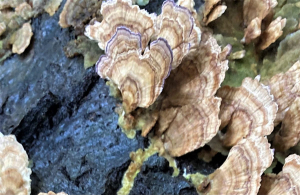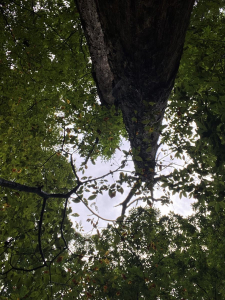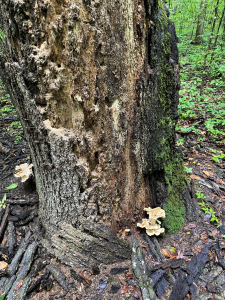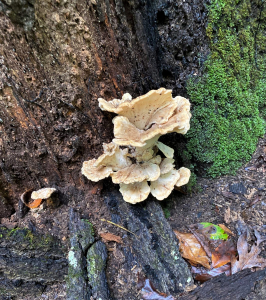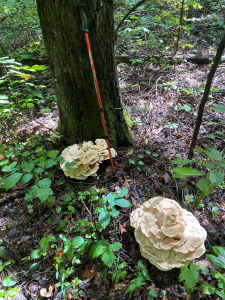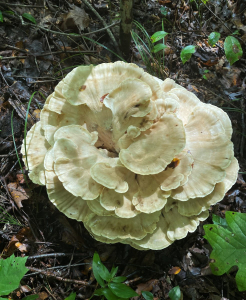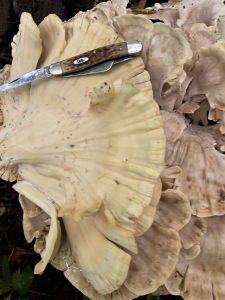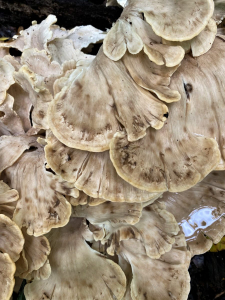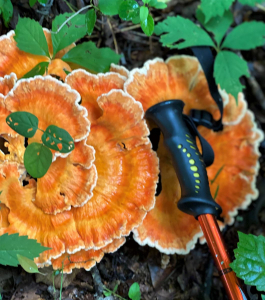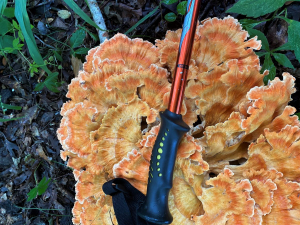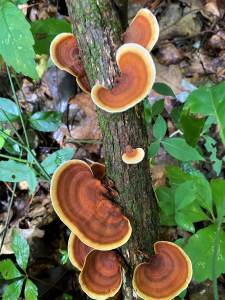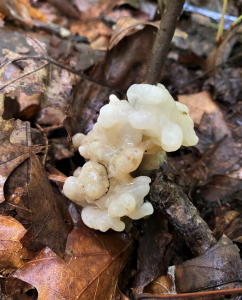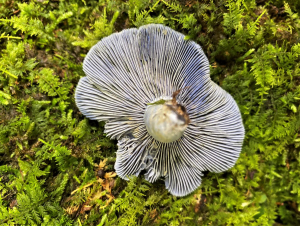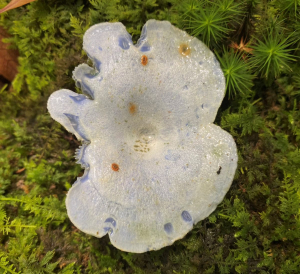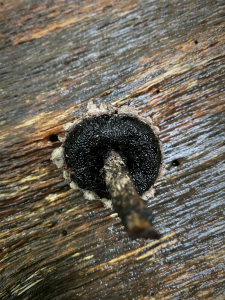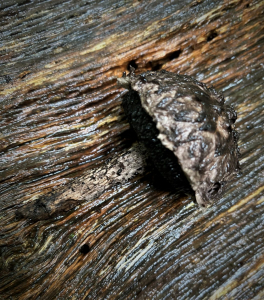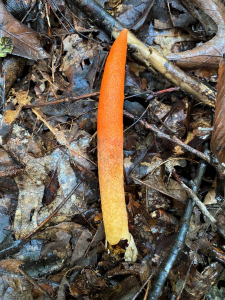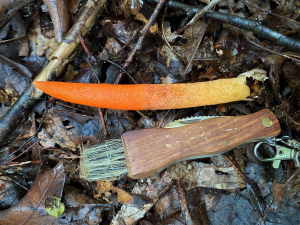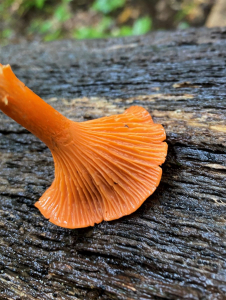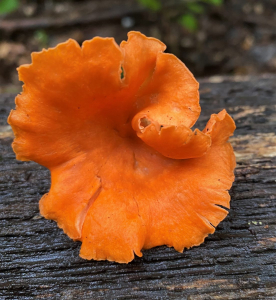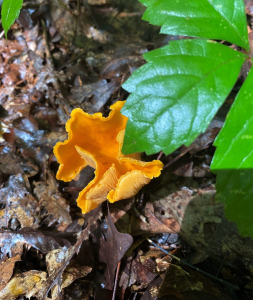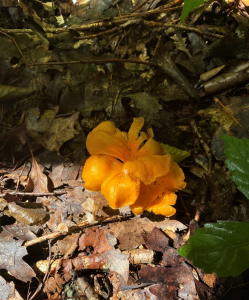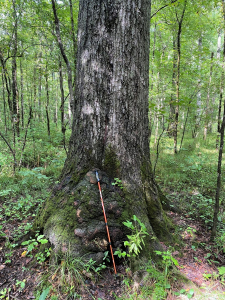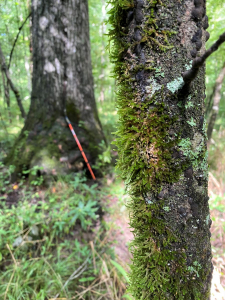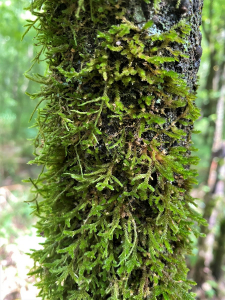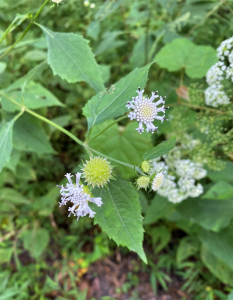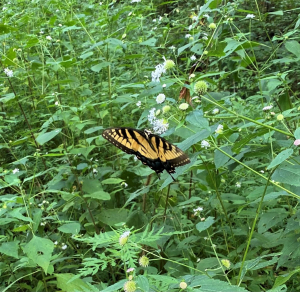I publish weekly photo-essay Blog Posts on Nature-Inspired Life and Living. I have been doing so routinely since retiring January 1, 2018. Normally my Posts are photo-rich and report on one of my recent Nature wanderings. This one less so. Instead, my intent is to address a critical issue of the day from the multiple perspectives of my disciplinary training in applied ecology, 12 years in the forest products industry, and my 35 years in higher education at nine different universities, holding positions from faculty member through senior administrative leadership.
Setting the Stage
I watch with keen interest as the daily news overflows with opinions about three concept-words gaining favor, germinating initially in higher education, and spreading across American social, economic, and identity constructs: diversity, equity, and inclusion, intimated cure-alls for implied widespread malaise. Not unrelated, I see university after university expanding administrative bloat (yes, I am convinced that most universities are administratively top heavy). I spent nine years rising through the faculty ranks at Penn State University (1987-96). As just one example, Penn State’s web site lists 74 staff members in the university’s Office of Educational Efficacy (advancing inclusion, equity, and diversity). Penn State’s Math Department lists 25 faculty members. In a nation where our K-12 education ranks 25th internationally, what could possibly be three time more staff-worthy than math?
Nature, as my counter point, doesn’t need an office of ecosystem efficacy to orchestrate the intra- and interspecies relationships in this Wheeler National Wildlife Refuge (Alabama) bottomland hardwood forest.
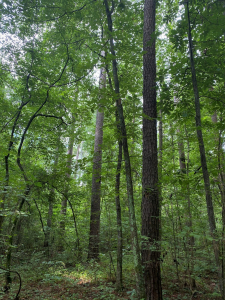
I advanced from instructor at SUNY College of Environmental Science and Forestry to tenured faculty at Penn State to senior administrative positions at seven universities (reporting directly to the president at three and serving as CEO at four more). Now retired, I feel increasingly concerned about the direction of higher education and its non-core-curricular tenets metastasizing to all of our social, political, and cultural institutions. I’ve written extensively that every lesson for living, learning, serving, and leading is either written indelibly in or is compelling inspired by Nature. Rather than critique what in my view is wrong with the leanings of our social, political, and cultural institutions, allow me simply to return to Nature.
Nature Observations
I’ve observed forests and Nature my entire life…as a youth, practicing forester, research scientist, university educator and administrator, and now retiree. I often turn to historic figures of considerable intellectual renown for guidance and understanding, including Albert Einstein:
Look deep into nature, and then you will understand everything better. We still do not know one thousandth of one percent of what nature has revealed to us.
Look deeply into this mixed hardwood, multi-vertically-tiered riparian hardwood forest on the Wheeler National Wildlife Refuge. Visiting this stand across the seasons, I can say with certainty that the more I learn about it, the less I know of its ever-revealing secrets.
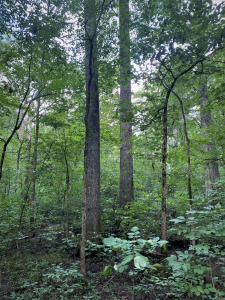
Leonardo da Vinci:
Nature is the source of all true knowledge. She has her own logic, her own laws, she has no effect without cause nor invention without necessity, and I have been impressed with the urgency of doing. Knowing is not enough; we must apply. Being willing is not enough; we must do.
While human ingenuity may devise various inventions to the same ends, it will never devise anything more beautiful, nor more simple, nor more to the purpose than nature does, because in her inventions nothing is lacking and nothing is superfluous.
What could be more beautiful, more simple, and more to the purpose than these towering yellow poplar monarchs along the Wells Memorial Trail at Alabama’s Monte Sano State Park!
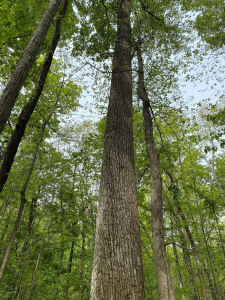
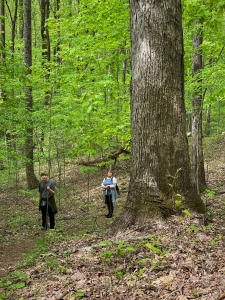
Charles Darwin:
One general law, leading to the advancement of all organic beings, namely, multiply, vary, let the strongest live and the weakest die.
The magnificent cherrybark oak (below left) is a winner. The oak (below right; left center of photo) succumbed, yielding its crown space and soil resources to adjoining survivors. The stronger live; the weaker die. Both trees are in a bottomland hardwood forest on the Wheeler National Wildlife Refuge.
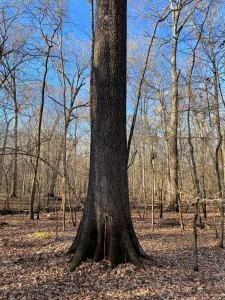
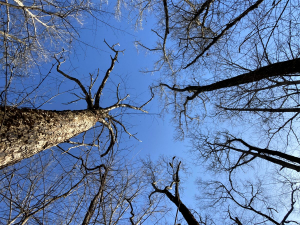
Nature is a Meritocracy
Merriam Webster’s online dictionary defines three relevant related concepts:
Survival of the fittest: the natural process by which organisms best adjusted to their environment are most successful in surviving and reproducing.
Natural selection: a natural process that results in the survival and reproductive success of individuals or groups best adjusted to their environment and that leads to the perpetuation of genetic qualities best suited to that particular environment.
Meritocracy: a system, organization, or society in which people are chosen and moved into positions of success, power, and influence on the basis of their demonstrated abilities and merit.
I add a fourth of my own creation:
Natural meritocracy: a natural community of organisms (an ecosystem) in which individual living elements or associations of individuals (plants, animals, fungi, etc.) survive, thrive, and persist on the basis of their demonstrated abilities and merit.
I am convinced that Nature is a meritocracy (a Natural Meritocracy); she cares only about results. Biological diversity is a means, not an end. Nature measures success by which individuals or what combinations and associations of individuals reach the finish line (or benchmark season after season, epoch after epoch). She cares about winners over the long haul. She knows nothing and cares even less about equity, a human cultural construct seeking equal outcomes for all. She checks no boxes for inclusion. The seemingly devastated Mount Saint Helens blast zone repopulated and recovered naturally from the cataclysmic 1980 explosive blast by filling voids as rapidly as possible with the organisms and life-communities adapted to respond to disturbance. Nature does not prescribe specific proportions of pioneer vegetative and animal elements. The successful vegetative colonizers prevail at whatever admixture works most effectively.
There are no participation trophies in Nature…no affirmative action among or within species and life forms. We humans are a strange and perplexing lot. In the United States alone, we have developed manifold policies and regulations pertaining to employment practices for just our one species. Here’s the opening paragraph from the section on the EEOC’s Prohibited Employment Policies/Practices:
Under the laws enforced by EEOC, it is illegal to discriminate against someone (applicant or employee) because of that person’s race, color, religion, sex (including gender identity, sexual orientation, and pregnancy), national origin, age (40 or older), disability or genetic information. It is also illegal to retaliate against a person because he or she complained about discrimination, filed a charge of discrimination, or participated in an employment discrimination investigation or lawsuit.
I am not disparaging nor minimizing the existence and need for such governmental oversight. I am simply demonstrating that all non human elements of Nature operate quite well within natural laws.
Natural Laws
The Darwin model works both within species and among species, from calamitous events like Saint Helens to an abandoned crop field reverting through a succession of colonizers to mature forest… as annuals, herbaceous perennials, woody shrubs, pioneer tree species, to longer-lived forest trees occupy the site. Nature never violates her own laws…and she applies those laws across complex ecosystems among multiple species. Our universities, in contrast, are devising and implementing complex values, practices, and rules of engagement within a single species…human. What may be missing is acknowledgement that we humans, too, are a part of Nature, whose laws apply to us. John Muir observed that a most basic tenet, a rule of biologic reality, applies to us:
I have never yet happened upon a trace of evidence that seemed to show that any one animal was ever made for another as much as it was made for itself. Not that Nature manifests any such thing as selfish isolation. In the making of every animal the presence of every other animal has been recognized. Indeed, every atom in creation may be said to be acquainted with and married to every other, but with universal union there is a division sufficient in degree for the purposes of the most intense individuality; no matter, therefore, what may be the note which any creature forms in the song of existence, it is made first for itself, then more and more remotely for all the world and worlds.
Human Nature operates toward the individual. Toward a system of meritocracy. A human capitalism if you will. The world’s most successful, longest living democratically engineered society is rooted in recognition of such. These United States emerged under the assumption that all men (human beings) are created under God with certain unalienable rights, including life, liberty, and the pursuit of happiness. I sense that universities and elements of our broader society are inclined to guarantee happiness (i.e. equity in outcomes rather than equal opportunity). The recent Tokyo Olympics aligned participants along the starting line; finishers completed the race according to their skills and abilities. Olympic competition is a meritocracy. The Olympic organizers do not array competitors by relative ability so that they all cross the finish line at once.
The August 25, 2021 online Admired Leadership post, Genius Simplifies the Complex, offered this related wisdom:
Let me tell you an academic secret: Anyone can make something more complex, but it takes real genius and insight to make it simple. Any time someone offers you what they call wisdom or insight, put it to the simplicity test. If the idea or insight requires a lengthy explanation, a host of charts and diagrams or abstract and dense language it may prove valuable, but it is not yet wisdom.
Nature is the master architect of simplicity. Leonardo da Vinci extolled Nature’s insistence on simplicity, which I offer for the second time in this Post:
While human ingenuity may devise various inventions to the same ends, it will never devise anything more beautiful, nor more simple, nor more to the purpose than nature does, because in her inventions nothing is lacking and nothing is superfluous.
Lest the reader leave with the impression that competition is Nature’s only survival mechanism, I refer to a chapter on Relationships Among Organisms in a Community in a book manuscript I have not yet published. The chapter addresses a rich panoply of within- and inter-species relationships, including: parasitism; saprophytism; epiphytism; predation; commensulism; competition; and symbiosis. Each type of relationship operates within a natural meritocracy.
There are no safe places within Nature’s complex web of interdependent relationships. Natural systems do not award participation trophies. Nature’s snowflakes are not some special class of fragile sensitive beings unable or unwilling to cope with the stresses, pressures, and demands of everyday existence. Crying rooms are for infants and toddlers…not for contributing adults. I snowshoed (below left) on the frozen Nenana River just outside the entrance to Alaska’s Denali National Park with the March afternoon temperature at -37 degrees F. I experienced tip-of-nose frostbite. The real world of deep winter has no room for the woke snowflakes of today. The scene below right is along the Chena River in Fairbanks at negative 45. Not a place for some special class of fragile sensitive beings unable or unwilling to cope with the stresses, pressures, and demands of everyday existence.
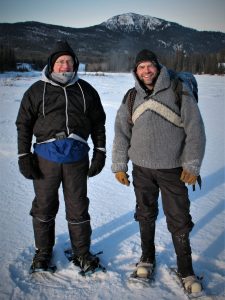
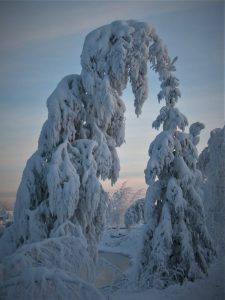
Nature doesn’t recognize microaggressions; the real world must deal with real problems instead of searching for presumed insult and injury. Below left is campground tornado damage at Alabama’s Joe Wheeler State Park; below right is tornado damage on the northern end of Alabama’s Oak Mountain State Park. A microaggression in my admittedly feeble mind is akin to a nearby camper complaining to Park personnel that a hickory nut dented his BMW. I drafted this section as Hurricane Ida was slamming the Louisiana coast with just-shy-of-Cat-5 winds, a savage beast beyond imagination. Nothing micro about Ida’s devastation.
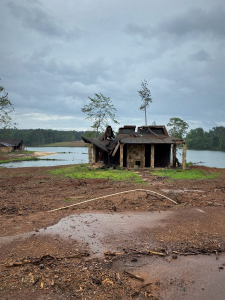
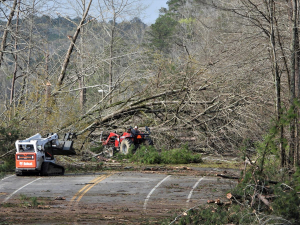
Nature does not worry about using the right pronouns. Nature is clear about reproductive reality, i.e. the birds and the bees. Nature disdains Woke as she insists upon actions, results, and performance. Nature does not try; Nature does.
The Law of Simplicity
Complex lifeforms operate by Nature’s laws of ultimate simplicity, in this case at Huntsville, Alabama’s Goldsmith-Schiffman Wildlife Sanctuary. A pipevine swallowtail caterpillar feeds on a Dutchman’s pipevine leaf; a blue dasher dragonfly rests nearby (photo credit: Marian Moore Lewis).
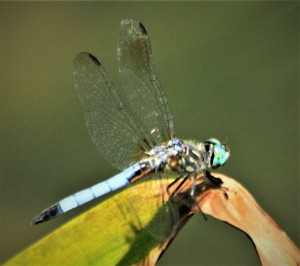
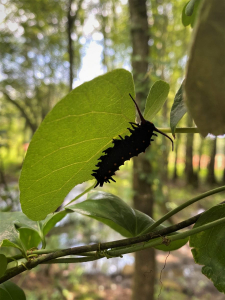
John Muir expressed the essence of the intricate beauty and wonder of manifold and compounded simplicity: When we contemplate the whole globe as one great dewdrop, striped and dotted with continents and islands, flying through space with other stars all singing and shining together as one, the whole universe appears as an infinite storm of beauty. Nature constructs its masterpieces without overhead and bureaucracy. Nothing about Nature is top heavy; she tolerates no administrative bloat. Nature needs no Office of Ecosystem Efficacy.
Leonardo da Vinci saw little value in bureaucracy, endless talk, and philosophizing: I have been impressed with the urgency of doing. Knowing is not enough; we must apply. Being willing is not enough; we must do. Nature DOES! I wonder what a 74-person Office of Educational Efficacy does in way of educating, inspiring, and enabling future citizens, workers, and leaders?
Yoda likewise implored doing, Do or do not, there is no try.
University offices of educational efficacy and such, Congressional bills with thousands of pages, and bloated governmental bureaucracies — what are they doing? Worse yet, are they simply trying and not doing. Nature abhors a vacuum. I fear that our governmental, educational, and business entities are designing quasi-functional vacuums into their operations…functional vacuums do little more than nothing. Such vacuums spin institutional trying, languishing endlessly to create some perfect vacuum that in itself serves as an end, accomplishing little.
I’ll end by repeating da Vinci:
Nature is the source of all true knowledge. She has her own logic, her own laws, she has no effect without cause nor invention without necessity, and I have been impressed with the urgency of doing. Knowing is not enough; we must apply. Being willing is not enough; we must do.
Thoughts and Reflections
I offer these observations:
- Nature is a Meritocracy…and has been since life on Earth emerged 3.7 billion years ago.
- Our academic, governmental, and economic institutions can learn much from Natural Laws.
- Human ingenuity will never devise anything more beautiful, nor more simple, nor more to the purpose than nature does.
Inhale and absorb Nature’s elixir. May Nature’s infinite storm of beauty Inspire, Inform, and Reward you!
Note: All blog post images created & photographed by Stephen B. Jones unless otherwise noted. Please circulate images with photo credit: “©2021 Steve Jones, Great Blue Heron LLC. All Rights Reserved.”
Another Note: If you came to this post via a Facebook posting or by an another route, please sign up now (no cost… no obligation) to receive my Blog Post email alerts: http://eepurl.com/cKLJdL
And a Third: I am available for Nature-Inspired Speaking, Writing, and Consulting — contact me at steve.jones.0524@gmail.com
Reminder of my Personal and Professional Purpose, Passion, and Cause
If only more of us viewed our precious environment through the filters I employ. If only my mission and vision could be multiplied untold orders of magnitude:
Mission: Employ writing and speaking to educate, inspire, and enable readers and listeners to understand, appreciate, and enjoy Nature… and accept and practice Earth Stewardship.
Vision:
- People of all ages will pay greater attention to and engage more regularly with Nature… and will accept and practice informed and responsible Earth Stewardship.
- They will see their relationship to our natural world with new eyes… and will understand more clearly their Earth home.
Tagline/Motto: Steve (Great Blue Heron) encourages and seeks a better tomorrow through Nature-Inspired Living!
Steve’s Three Books
I wrote my books Nature Based Leadership (2016), Nature-Inspired Learning and Leading (2017), and Weaned Seals and Snowy Summits: Stories of Passion for Place and Everyday Nature (2019; co-authored with Dr. Jennifer Wilhoit) to encourage all citizens to recognize and appreciate that every lesson for living, learning, serving, and leading is either written indelibly in or is powerfully inspired by Nature.
I began writing books and Posts for several reasons:
- I love hiking and exploring in Nature
- I see images I want to (and do) capture with my trusty iPhone camera
- I enjoy explaining those images — an educator at heart
- I don’t play golf!
- I actually do love writing — it’s the hobby I never needed when my career consumed me
- Judy suggested my writing is in large measure my legacy to our two kids, our five grand kids, and all the unborn generations beyond
- And finally, perhaps my books and Blogs could reach beyond family and touch a few other lives… sow some seeds for the future

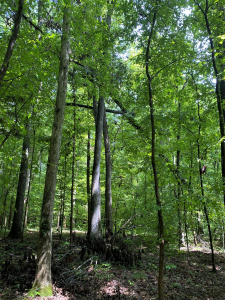
All three of my books (Nature Based Leadership; Nature-Inspired Learning and Leading; Weaned Seals and Snowy Summits) present compilations of personal experiences expressing my (and co-author Dr. Wilhoit for Weaned Seals and Snowy Summits) deep passion for Nature. All three books offer observations and reflections on my relationship to the natural world… and the broader implications for society. Order any and all from your local indie bookstore, or find them on IndieBound or other online sources such as Amazon and LifeRich.
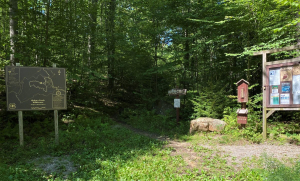
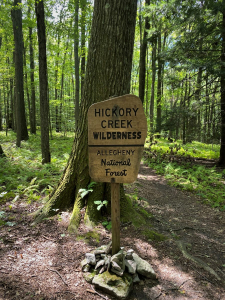
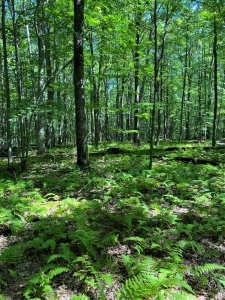
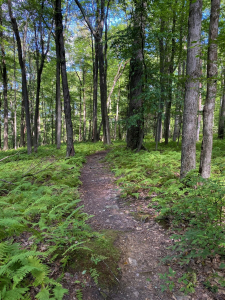
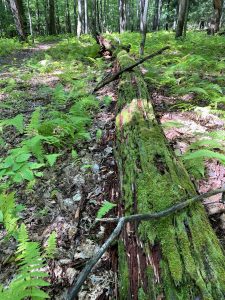
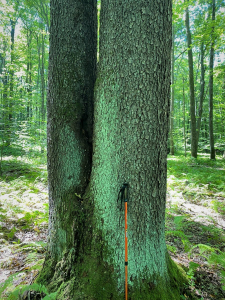
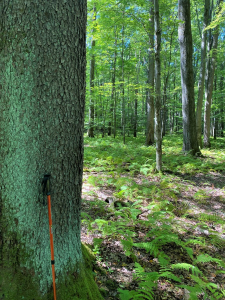
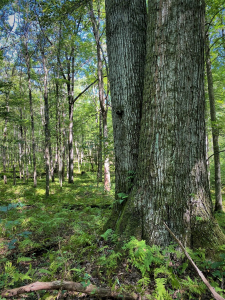
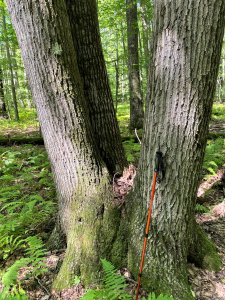
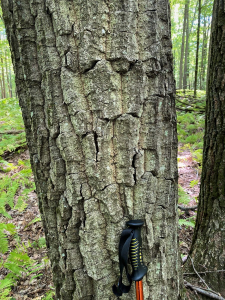
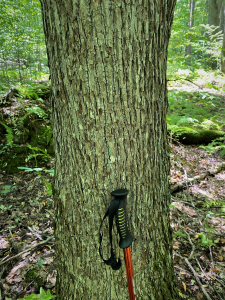
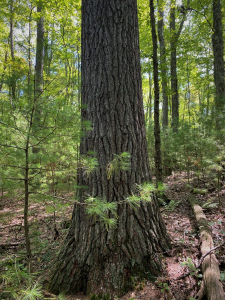
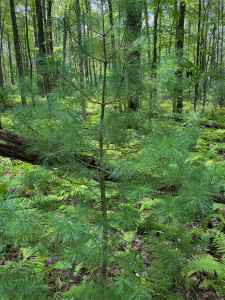
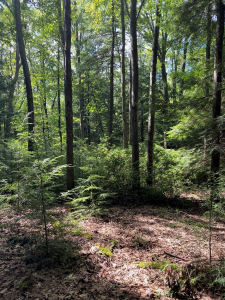
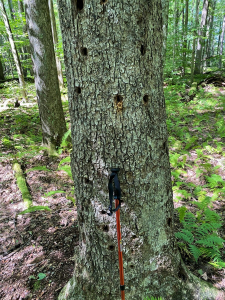
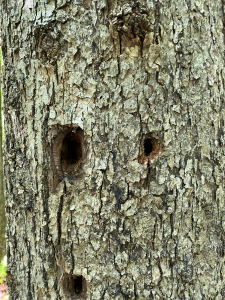
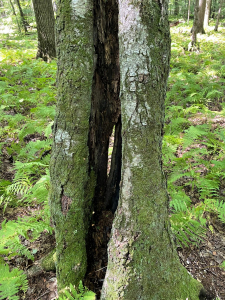
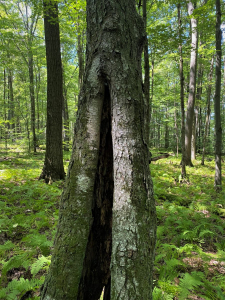
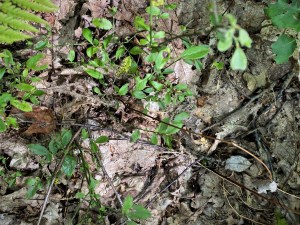

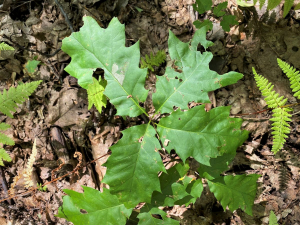
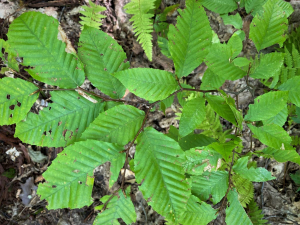



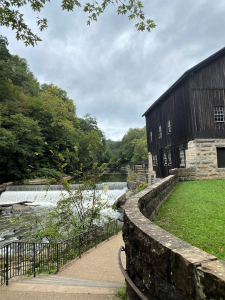
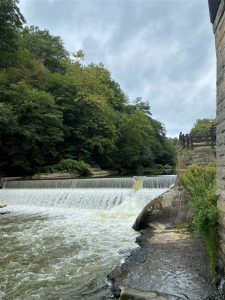
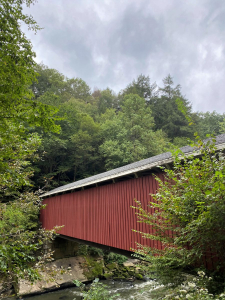
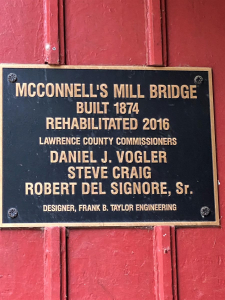
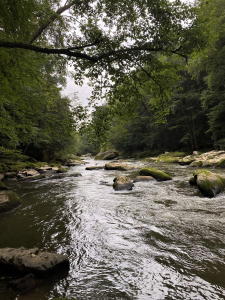
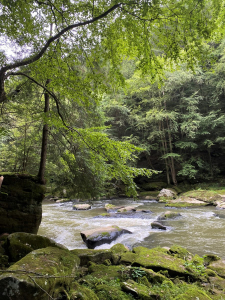
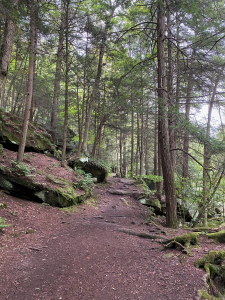
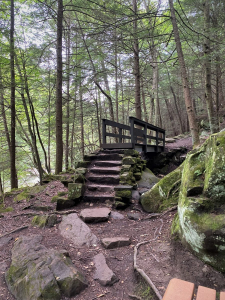
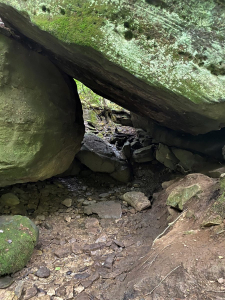
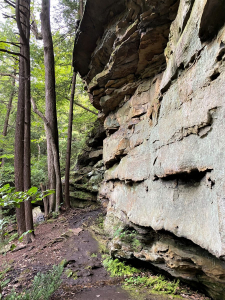
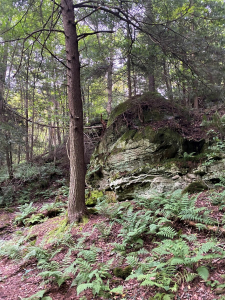
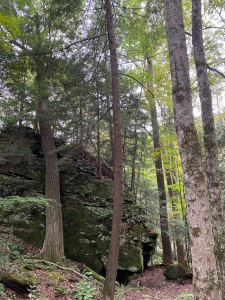
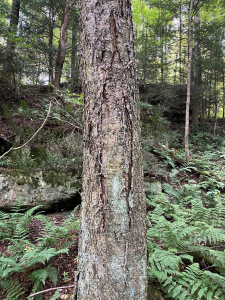
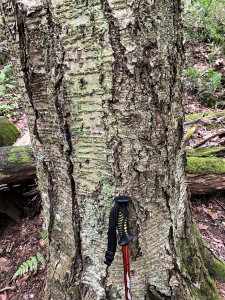
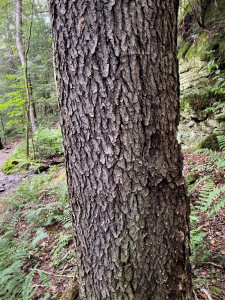
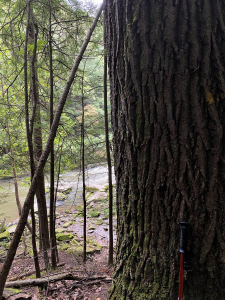
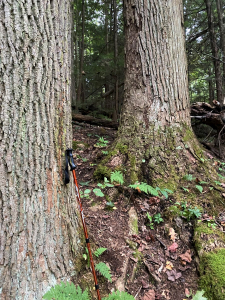
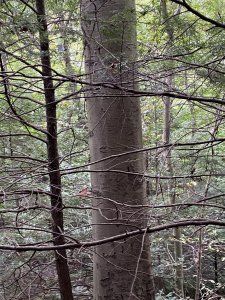
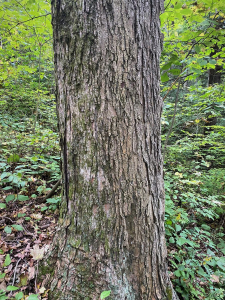
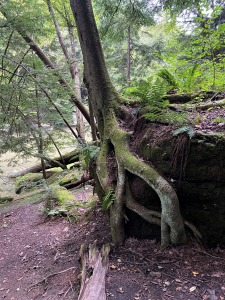
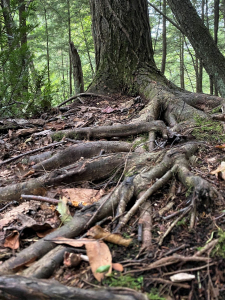
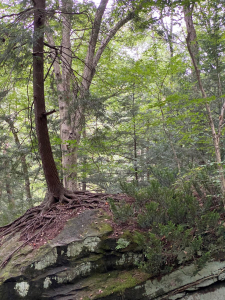
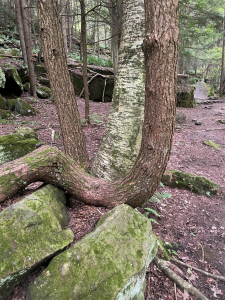
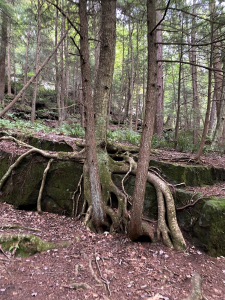
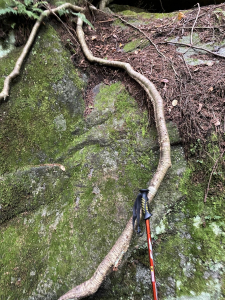
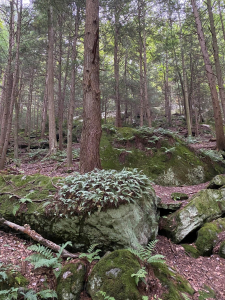
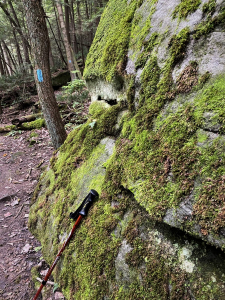
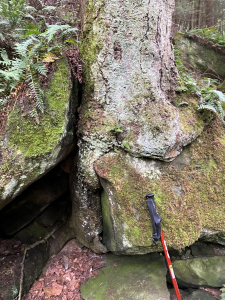
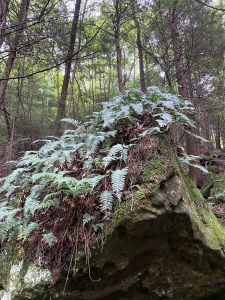
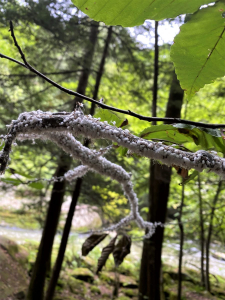
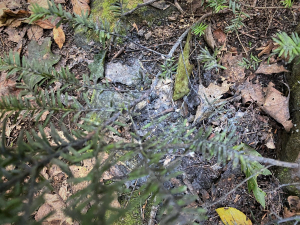
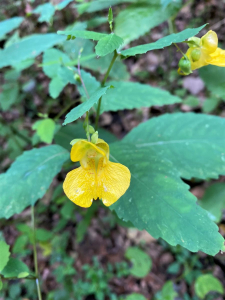
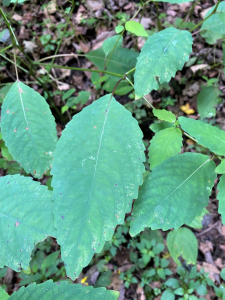
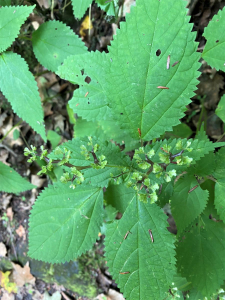
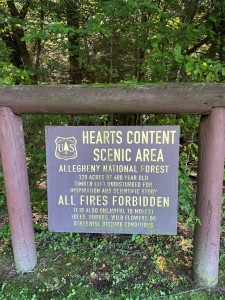
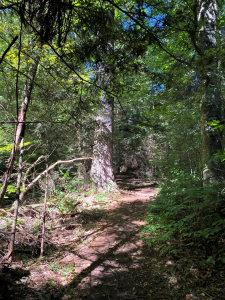
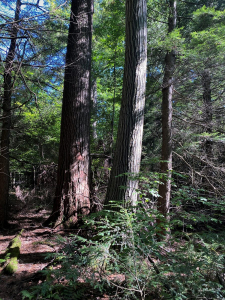
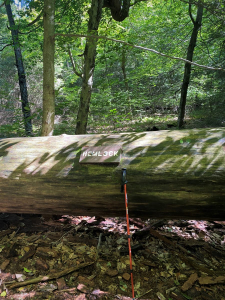
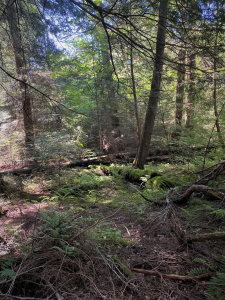
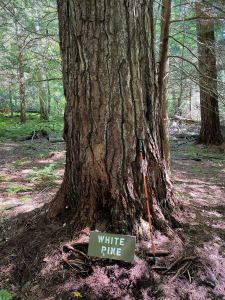
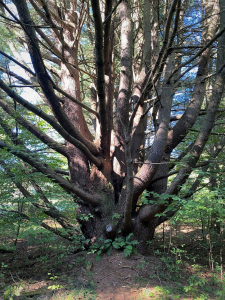
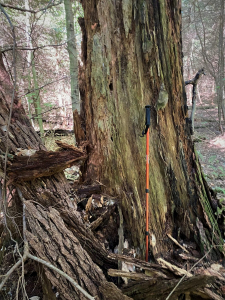
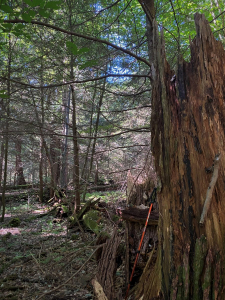
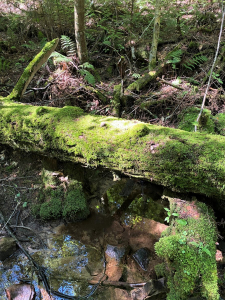
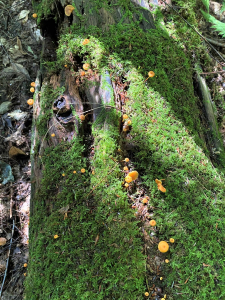
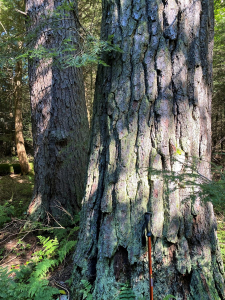
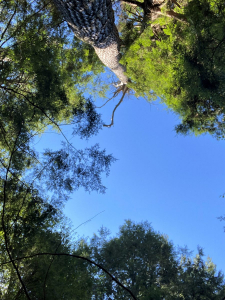
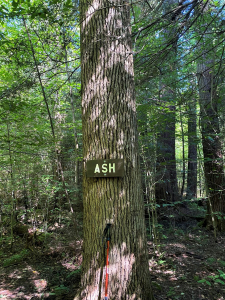
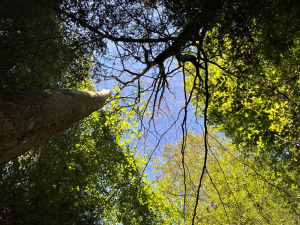
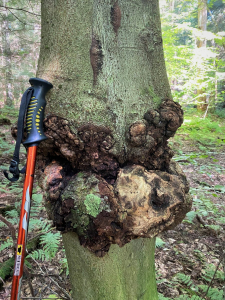
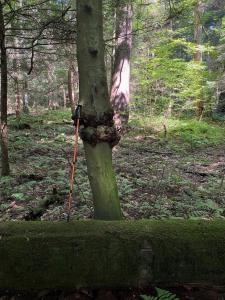
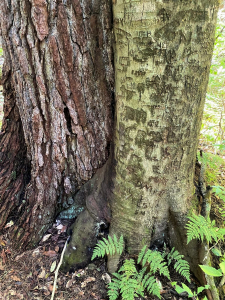
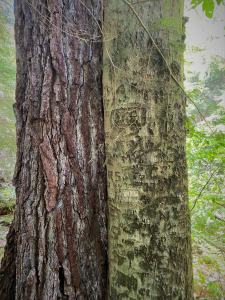
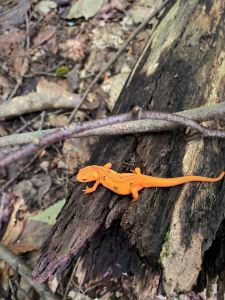

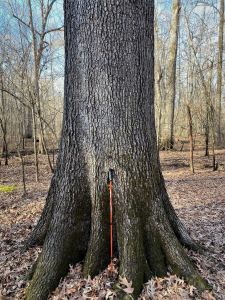
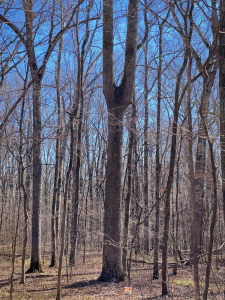
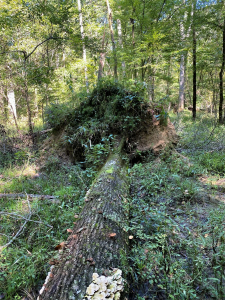
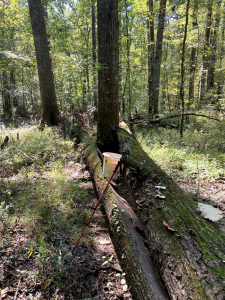
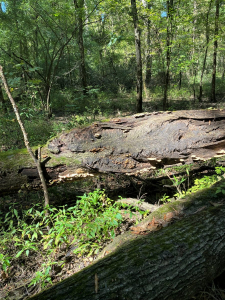
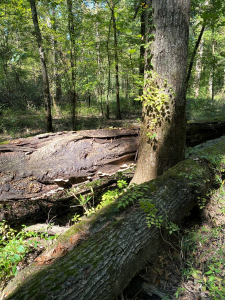

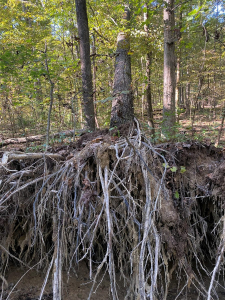
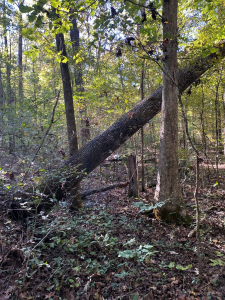
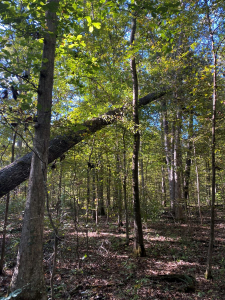
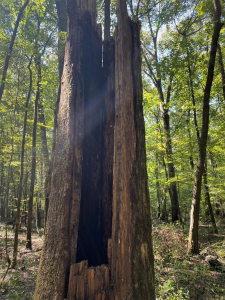
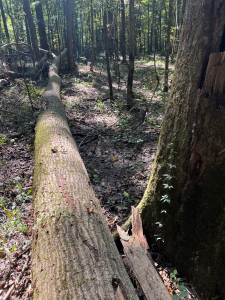

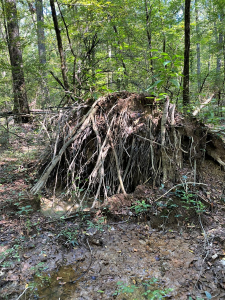
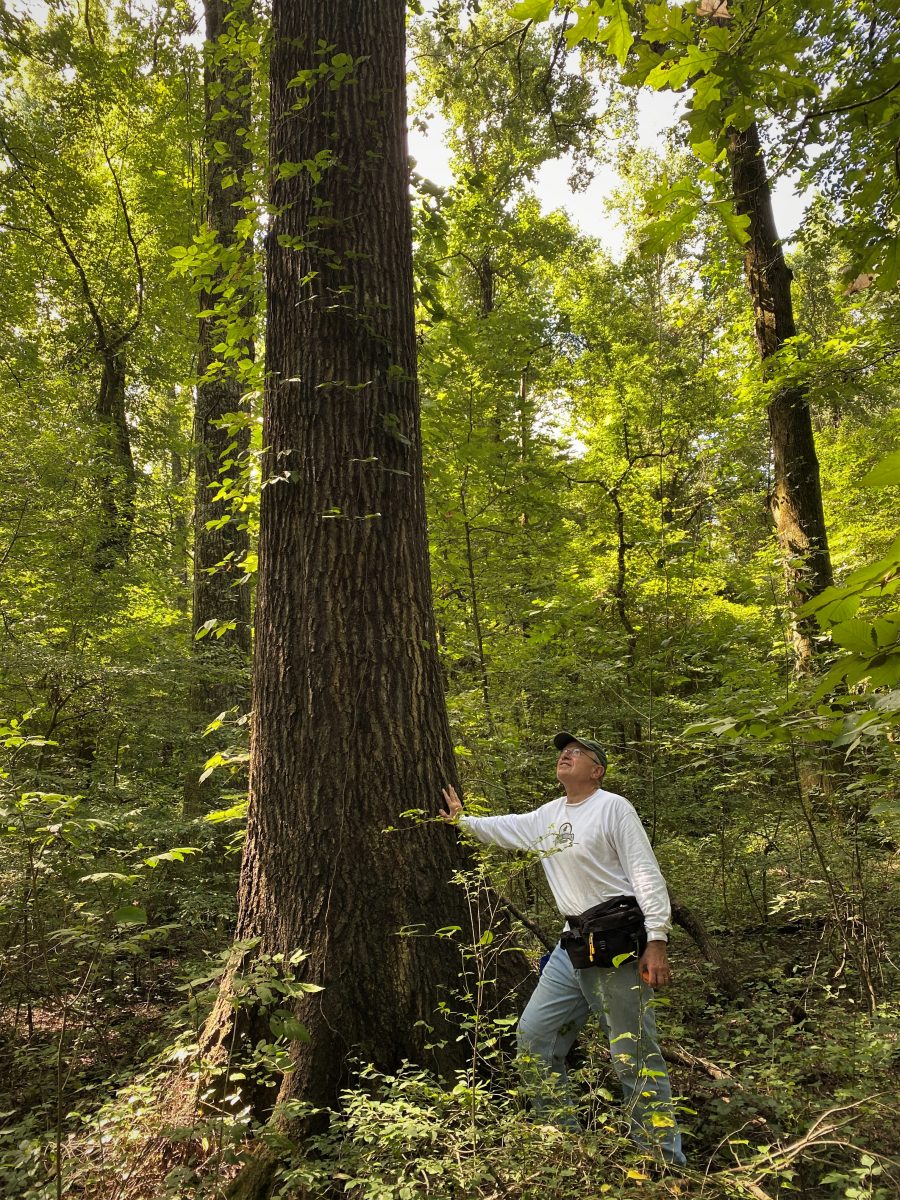
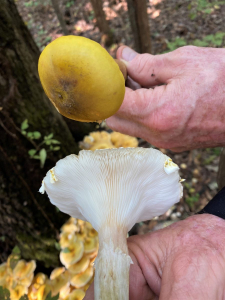
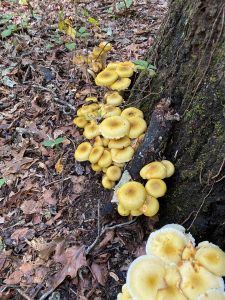 .
. 